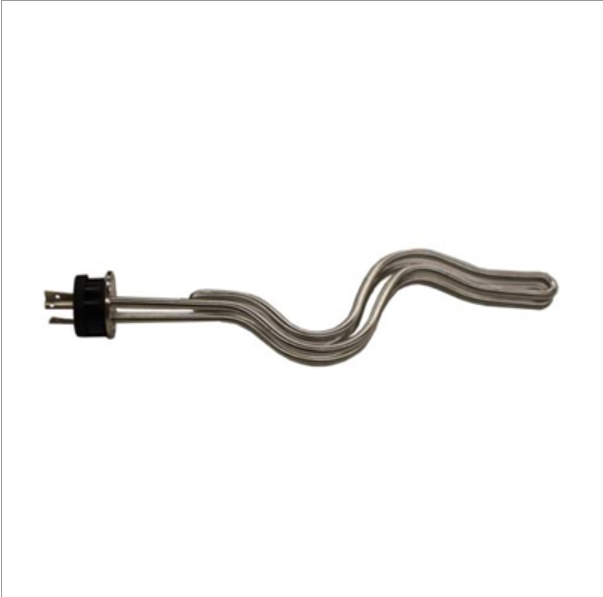Excuse my ignorance on the subject..... Electricity is not my area of expertise.
Does anybody use any type of physical shielding for electrical plugs in their brew setup? I am running 240v, and I've noticed that my kettle/HLT element plugs are still exposed (I use the Ripple V2s from Brewhardware as in the pic below). My concern is that leaves an unsealed electrical connection extremely close to my kettle. An overfill/boil could be enough to send liquid down the outer walls of the kettle and possibly into the connection.
Do any of you with similar setups have the same concern? Are there any solutions that you would recommend? Thanks!

Does anybody use any type of physical shielding for electrical plugs in their brew setup? I am running 240v, and I've noticed that my kettle/HLT element plugs are still exposed (I use the Ripple V2s from Brewhardware as in the pic below). My concern is that leaves an unsealed electrical connection extremely close to my kettle. An overfill/boil could be enough to send liquid down the outer walls of the kettle and possibly into the connection.
Do any of you with similar setups have the same concern? Are there any solutions that you would recommend? Thanks!




